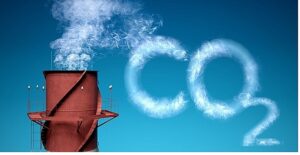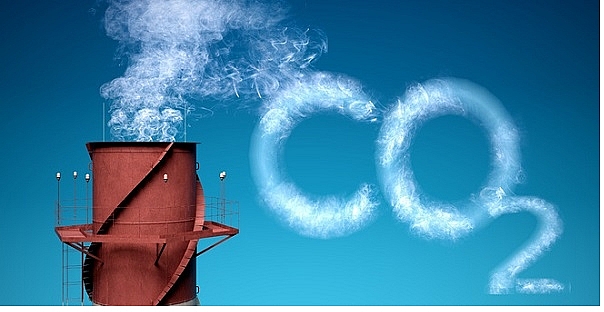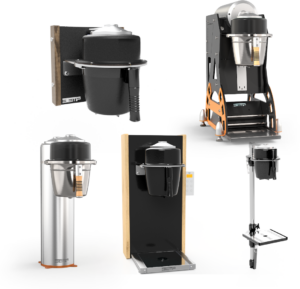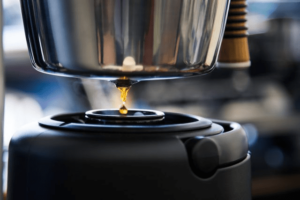3TEMP – Water physics and facts
Some facts, later, we make this into human language.
WATT = effect
WATT per TIME = energy
Water has a specific heat capacity of 4.186 J/g°C, meaning that it requires 4.186 J of energy (1 calorie) to heat a gram by one degree
1J = Usage of 1 WATT in 1 second = The energy it takes to lift 100g one meter up.
From the link under the image, we get the following:

https://atlas-scientific.com/blog/how-does-temperature-affect-dissolved-oxygen/
and from
https://homewaterplant.com/wp-content/uploads/2019/02/Home-Water-Plant-Limescale-Reactions-revc.pdf we find more exciting things:
Calcium and magnesium are the most common soluble ions in hard water, and the amounts of these two ions are measured to determine water hardness. Iron and manganese ions are also found in some water supplies. The three carbonates that form from the most common soluble metal ions are calcium carbonate, magnesium carbonate, and manganese carbonate. These three carbonates are insoluble in water, tend to fall out of solution, and deposit as white to off-white crystals in pipes and on heating elements in water heaters, dishwashers, instant water heaters, and coffee makers.
Does this have anything to do with the choice of brewer?
At 3TEMP, we are stating that it has nothing to do with the choice of brewer until you start to be concerned about the taste and consistency of the taste, the energy cost price, CO2 emissions or the lifetime of the brewer itself.
How do we dare state this?
The facts above actually tell us that it takes energy to heat water; in fact, it tells exactly how much energy it takes to heat water.
It also tells us how long it will take to heat a set volume from one temperature to another.
Let us explain. (And yes, we are using 1g/ml as the density of the water here)
4.186 J heats 1g of water 1-degree celsius per second
4186 J geat 1000g of water 1-degree celsius per second
So, for example, we have a 2.5-litre (ca 2500 g) kettle of 20C water and want to get that heated to 96C;
This means we need to heat the water to 76C. If we are using an effect at 2,2 KW (2200 WATT 100% efficiency), it will take:
4186/2200 x 2500/1000 x 76 = 361.5 seconds = 6 minutes and 1,5 seconds. Or we can run the water through a heating device with the same effect at exactly 2500/361.5 ml/s = 6.92 ml/s; the temperature at the output would then be our target temperature. It’s also not by coincidence the 3TEMP patented way to solve this. No boiler is needed, and perfect temperature control. We can select to go up or down in temperature by increasing or decreasing the flow. Smart, isn’t it?
Five litres will take 12 minutes and 3 seconds; if we double the effect, we will do 2.5 litres in 3 minutes.
2200 watts in 6 minutes (1/10 of an hour), meaning 0.220 KWH
4400 watts in 3 minutes (1/20 of an hour), meaning 0.220 KWH
Three minutes is too short of reaching the correct extraction of coffee; everyone knows this. But still, it will use precisely the same amount of energy. Every way we heat 2.5 litres of water, it will need 0.22 kWh
10 x 2.5 litres of brew per day will then consume 2.2 kWh. And the time required to heat water with 2200W is 1 hour and 15 seconds.
 But what about the 23 hours left that day? If you keep the water heated in a boiler over time, the details in the first section state that the free oxygen will evaporate; Both magnesium – which is suitable for the taste of the coffee, and limescale (Limestone) – tend to fall out of solution, causing damage to the brewer. So the longer the boiler stands idle, the chance of getting a good extraction of coffee will decrease, and the limescale amount will start to build up in the boiler.
But what about the 23 hours left that day? If you keep the water heated in a boiler over time, the details in the first section state that the free oxygen will evaporate; Both magnesium – which is suitable for the taste of the coffee, and limescale (Limestone) – tend to fall out of solution, causing damage to the brewer. So the longer the boiler stands idle, the chance of getting a good extraction of coffee will decrease, and the limescale amount will start to build up in the boiler.
In a 5-litre boiler-equipped system, if someone chooses to brew 3 x 2.5 litres quick brews in the morning, the first brew will start at stale water, with reduced magnesium and oxygen as the water has been standing hot during the previous hours. The next brew will be better quality as some freshwater has replaced some old water, and the third brew will be made on more or less fresh water. But now you have new water with more limescale that will fall out instead. Inconsistent taste is what you have, and one brew that’s probably near-wanted quality.
Also, during these 23 hours, you need to keep the brewer to keep the water warm, causing energy loss. In our tests, 5-litre thermos leeks around 27 watts; in our actual word tests on brewers, a more typical number tends to be at least 100w, keeping the water warm. 100w x 23 hours is 2,3 KWH, so the brewer will actually need more energy to destroy the water quality than brewing ten brews of 2.5 litres batches; That is not even close to perfect in any world, especially our world, which is in desperate need of saving on energy to have a chance to give our children some chance of a decent tomorrow. Tank-equipped brewers will just increase the co2 tons emitted, just to destroy water or, as we say, decrease the quality in cup; And don’t forget, it’s the brewer owner who is paying electrical bills doing this!
In the 3TEMP system, everything goes idle exactly when the target volume is reached. No more waste of energy or destroying the water quality as it doesn’t get heated when no water is needed.
 That’s “quality in cup”
That’s “quality in cup”





